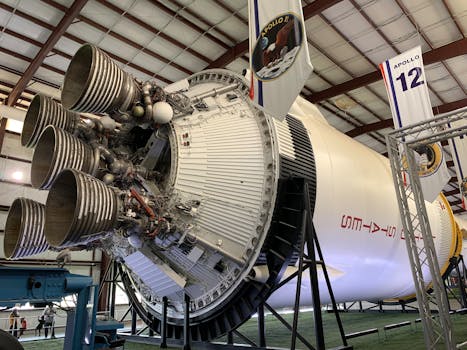
Exploring the History of Satellite Development and Key Milestones
Exploring the history of satellite development and key milestones is a fascinating topic that has shaped the world of space exploration. The concept of satellites dates back to the early 20th century, but it wasn’t until the mid-20th century that the first artificial satellite was launched into space. In this article, we will delve into the history of satellite development, highlighting the key milestones and innovations that have transformed the industry.
The idea of satellites was first proposed by scientist Konstantin Tsiolkovsky in the early 20th century. However, it wasn’t until the 1940s and 1950s that the concept of satellites began to gain traction. The first artificial satellite, Sputnik 1, was launched by the Soviet Union on October 4, 1957. This historic event marked the beginning of the space age and paved the way for future satellite development.
The Early Years of Satellite Development
The early years of satellite development were marked by a series of innovations and achievements. The first American satellite, Explorer 1, was launched on January 31, 1958. This satellite was designed to study the Earth’s radiation belts and paved the way for future scientific research in space. The first commercial satellite, Telstar 1, was launched on July 10, 1962, and marked the beginning of the satellite communications industry.
Throughout the 1960s and 1970s, satellite development continued to advance, with the launch of new satellites and the establishment of new satellite programs. The first geostationary satellite, Syncom 2, was launched on July 26, 1963, and paved the way for modern satellite communications. The first satellite navigation system, Transit, was launched in the 1960s and provided location information for the US Navy.
Modern Satellite Development
Modern satellite development has been marked by significant innovations and advancements. The launch of the first GPS satellite, NavStar 1, on February 22, 1978, marked the beginning of the modern satellite navigation era. The first Hubble Space Telescope was launched on April 24, 1990, and has made significant contributions to our understanding of the universe.
Today, satellites play a vital role in modern society, from providing communications and navigation to monitoring the environment and predicting weather patterns. The launch of new satellite constellations, such as OneWeb and Starlink, is set to transform the satellite industry and provide global internet connectivity.
Conclusion
In conclusion, the history of satellite development is a fascinating story that has shaped the world of space exploration. From the early beginnings to the current state of modern satellite development, the industry has come a long way. As we look to the future, it is clear that satellites will continue to play a vital role in shaping our world and advancing our understanding of the universe.

